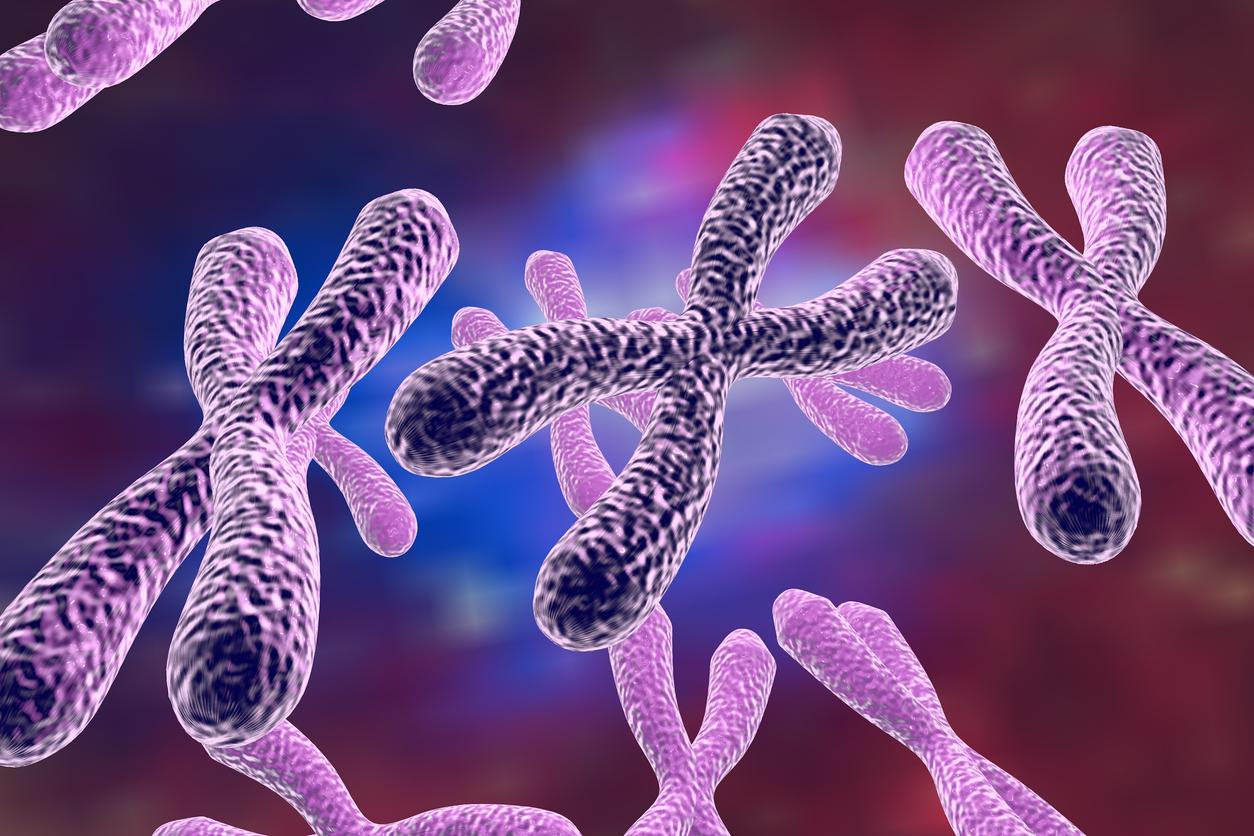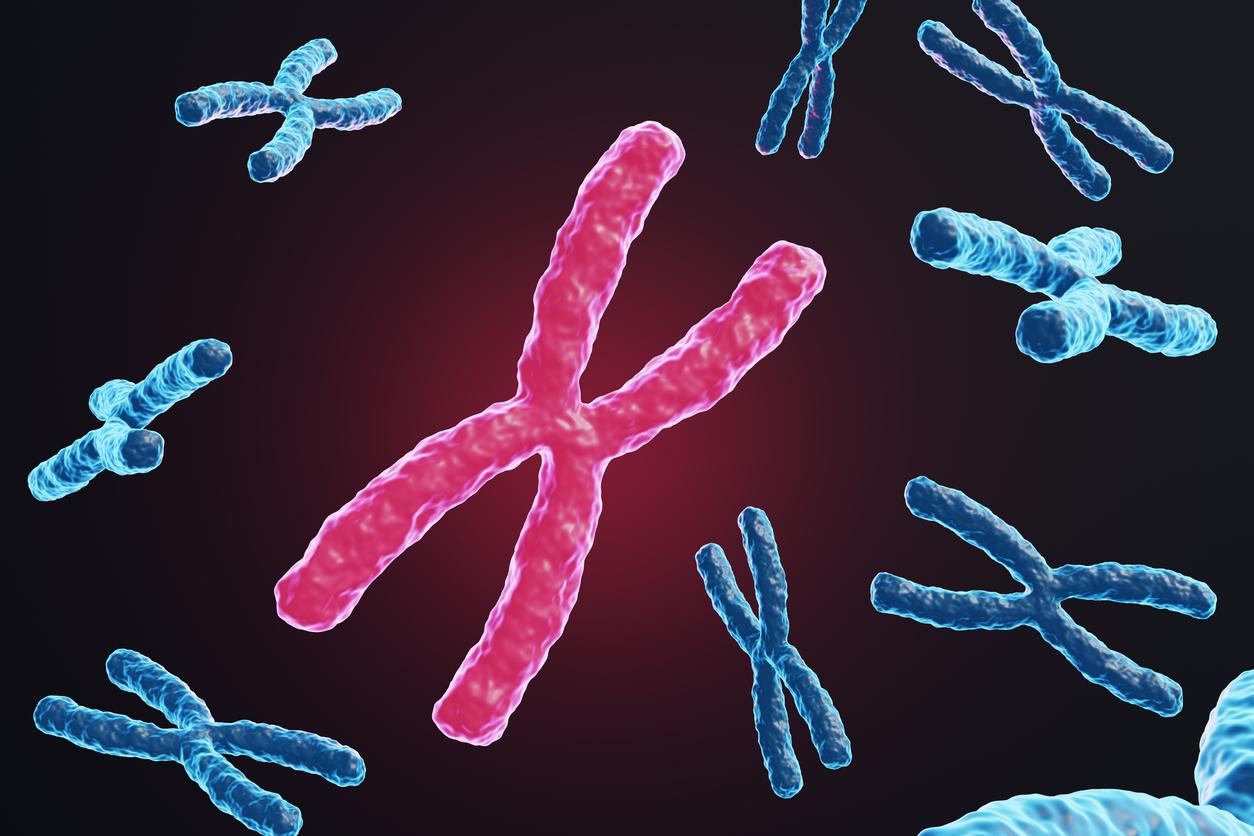According to a study on female mice, inactivating an X chromosome could reduce the risk of developing a type of autism spectrum disorder.

- In women, cells deactivate one copy of the X chromosome.
- However, certain autism spectrum disorders are linked to this chromosome.
- According to a study on mice, deactivation of certain copies of the X chromosome in females could reduce the risk of autism spectrum disorder.
In humans, the 23rd pair of chromosomes determines the sex of an individual. Men carry one X and one Y chromosome, in women, they are two in the United States, published in cell reports. Inactivation of one of women’s X chromosomes may be linked to a reduced risk of autism spectrum disorder.
As a preamble to their study, the authors point out that the X chromosome carries more genes involved in brain development than any other chromosome. “Chromosome mutations are linked to more than 130 neurodevelopmental disorders, including fragile X syndrome and autism spectrum disorders“, they specify.
Genetics: inactivated X chromosomes in women
In women, “Since cells do not need two copies, they inactivate one copy early in embryonic development, a well-studied process known as X chromosome inactivation.”, explain the authors. Thus, each woman carries a mixture of cells: some have an active X chromosome from the father and others from the mother. “For many years this was thought to be random and resulted, on average, in about a 50/50 mix of cells: 50% having an active paternal X chromosome and 50% having an active maternal X chromosome., they say. In their recent work, carried out on laboratory mice, they observed that there is “a bias in the process which results in the inactivation of the paternal X chromosome in 60% of cells instead of the expected 50%”.
A trial of fragile X syndrome in mice
In their work, they began by determining the rate of X chromosome inactivation in healthy mice by analyzing approximately 40 million brain cells per mouse. It was this first step that allowed them to discover that the ratio between maternal and paternal X chromosomes was 60/40, not 50/50. Secondly, they sought to understand the effects of mutations of the X chromosome, taking into account the inactivation of some of them. To do this, they introduced a harmful mutation into the mice’s X chromosomes. The latter was the animal form of fragile X syndrome. In humans, it causes intellectual disability, behavioral disorders and physical abnormalities.

Chromosome X: mutations inherited from the father are more often inactivated
American scientists observed that mice who received the mutation on their mother’s X chromosome, making it less likely to be inactivated, were more likely to exhibit behavior similar to fragile X syndrome. These mice presented “more signs of anxiety, less sociability, poor performance in spatial learning and deficits in sensorimotor function”. Conversely, mice that inherited this mutation in one of their father’s X chromosomes did not appear altered.
“This suggests that having more mutant X-active cells inherited from the mother increases the overall risk of disease.”, estimates Eric Szelenyi, lead author of this study. Conversely, when the X-linked mutation is inherited from the father, the pattern of X chromosome inactivation in female brain circuits may prevent the effects of this mutation. Other studies will be necessary to better decipher the phenomenon, particularly in humans.















